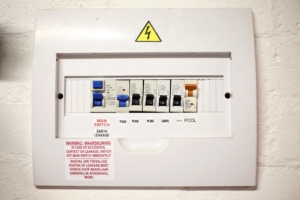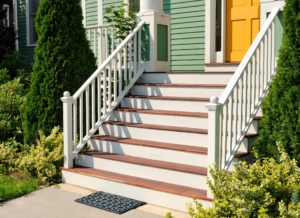At a glance, a typical HMO (House in Multiple Occupation) might appear to be in perfect condition. Perhaps the landlord recently invested in a sparkly new kitchen or added insulation to improve its energy efficiency. View the same house through the eyes of an enforcement officer, and you get a different picture. A busy student’s expedient use of a door to hang their coat would be considered a fire...
Are your tenants obstructing the means of escape? |

It’s easy to imagine a front door blockaded with shoes and bags, or a fire exit repurposed as a convenient bike stand. Although we can forgive a student’s busy schedule, an enforcement officer won’t have such a sympathetic view.
Any item that prevents easy access for your tenants to escape the property in the event of an emergency could lead to a fine and, in the event of a fire, serious risk to the tenants’ lives.
An easy fix would be to add a bike rack, coat hangers, or shoe stand away from the means of escape. Intuitive design will encourage your tenants to live safely in your property – and keep it tidy!
|

If so, does it have a smoke detector? Does it have a 30-minute fire-resistant encasement? It’s also important that your fire alarms connect to the circuit board so that it doesn’t rely on battery power alone.
The nature of British Weather dictates that you might wake up to sun, snow, or heavy rain within the space of a weekend. The general answer to this is that if your property has steps leading up to the entrance, it is probably best to add a handrail to avoid potential slips or falls. From an HMO auditor’s perspective, the regulation is that if the change in step level is more than 300mm, there is a threat to health from a fall associated with those steps. This includes internal and external stairs or ramps, and those giving common access to a dwelling. If in doubt, it’s worth getting the tape measure out to check whether your HMO property requires a handrail.
|


 By
By 




Share this with
Email
Facebook
Messenger
Twitter
Pinterest
LinkedIn
Copy this link